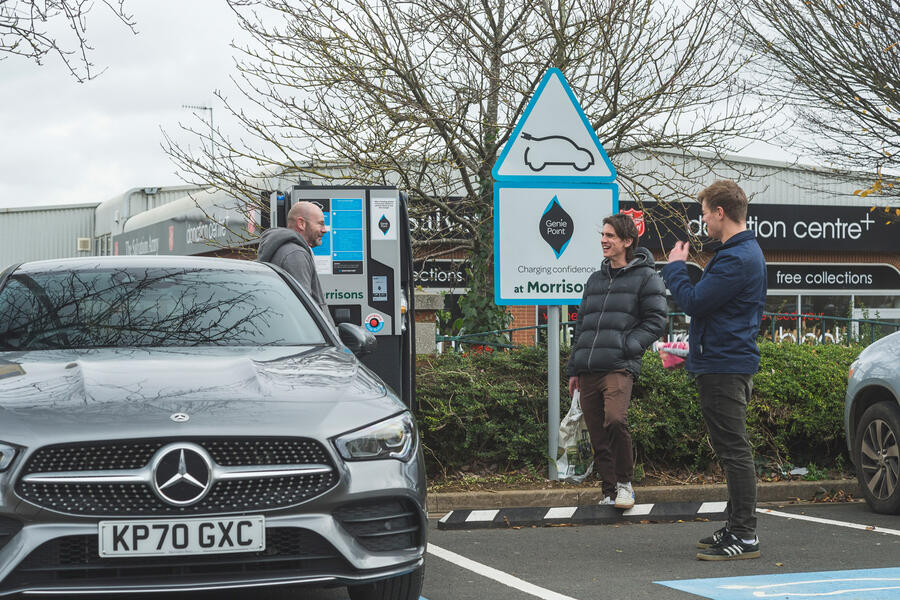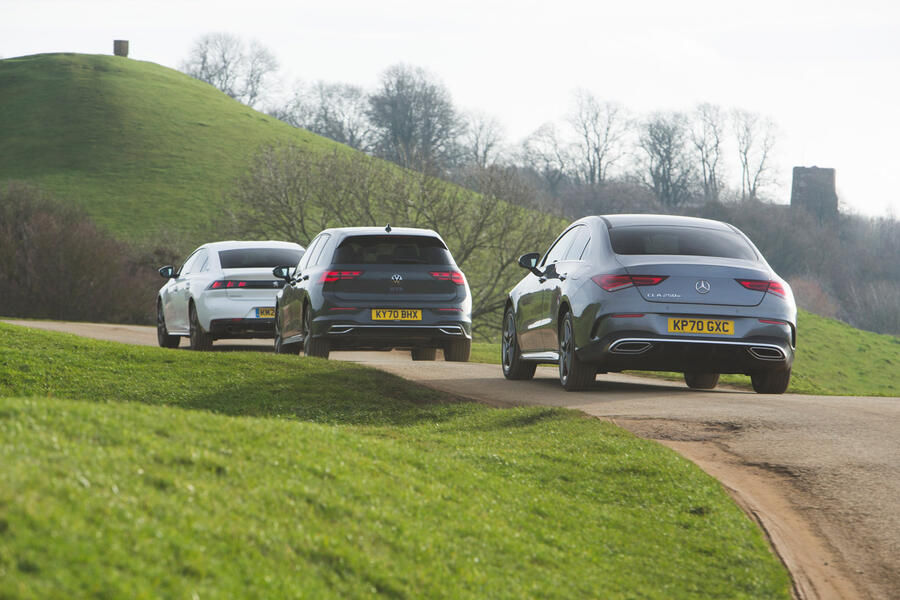Ten years ago, if you were asked to bring together a trio of relatively tax-friendly company cars with an asking price around the £35,000 mark, I’d wager they wouldn’t have looked like those pictured above.
Instead, a BMW 3 Series would’ve been the compulsory attendee, and it would arguably have been the ‘hero’ car, too. It would’ve definitely been a diesel, and for that amount of dosh, it would probably have had a lovely, torque-rich and exceptionally smooth straight-six engine under its bonnet. Drive would have been sent to its rear axle, naturally, and it might even have been a long-roof Touring. One of its adversaries would’ve probably had a three-pointed star on its nose, the other a set of four interlocking rings. Quite an easy test to picture, isn’t it?
Today, finding candidates that meet the above criteria isn’t as straightforward. You could still get a close-to-entry-level 3 Series, Mercedes-Benz C-Class or Audi A4 for around £35,000, but anything with six cylinders would be out of the question. And while you might find you could just scrape a 320d or similar, increasingly punitive CO2-based benefit-in-kind tax rules mean you would probably end up sending enough to the chancellor to help extend the furlough scheme. So the question is: where does the savvy sales rep who wants a reasonably plush, good-to-drive company car that won’t cost them a fortune in tax look to spend their £35,000 or thereabouts nowadays?
Well, these three would be as good a place to start as any. Representing France, we have the £34,945 Peugeot 508 Hybrid in mid-level Allure specification. While from Germany, it’s the £37,450 Mercedes-Benz CLA 250e AMG Line Premium and the new, £35,960 Volkswagen Golf GTE.

In terms of shape and size, it’s the Peugeot that best resembles the traditional three-box compact executive saloon of yore. That’s not to say it’s a boring, traditional-looking car, though – not with its gracefully sloping roofline and pretty face. The CLA also cuts a fine dash, following the 508’s lead in its attempts to resemble a four-door coupé. But as it’s based on the same platform as the A-Class hatchback, it’s a smaller car overall. Then there’s the Golf, which, well, looks like a Golf.
































Join the debate
Add your comment
Interesting but limited review. Would have liked to see some indication of the real world fuel economy, as this is the major issue with Phev’s
Just a note taxes are not there for funding schemes they are there to control behaviour, the £ has no intrinsic value as it is fiat money, please stick to cars rather than economics.
Whoever thinks the VW is the best of the three is probably in need of councelling or on the VAG payroll.